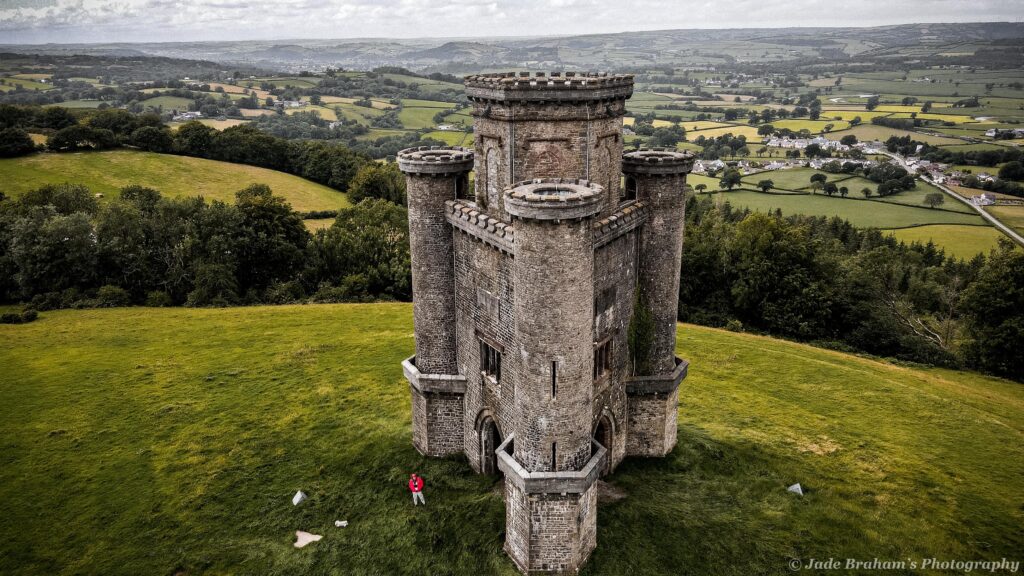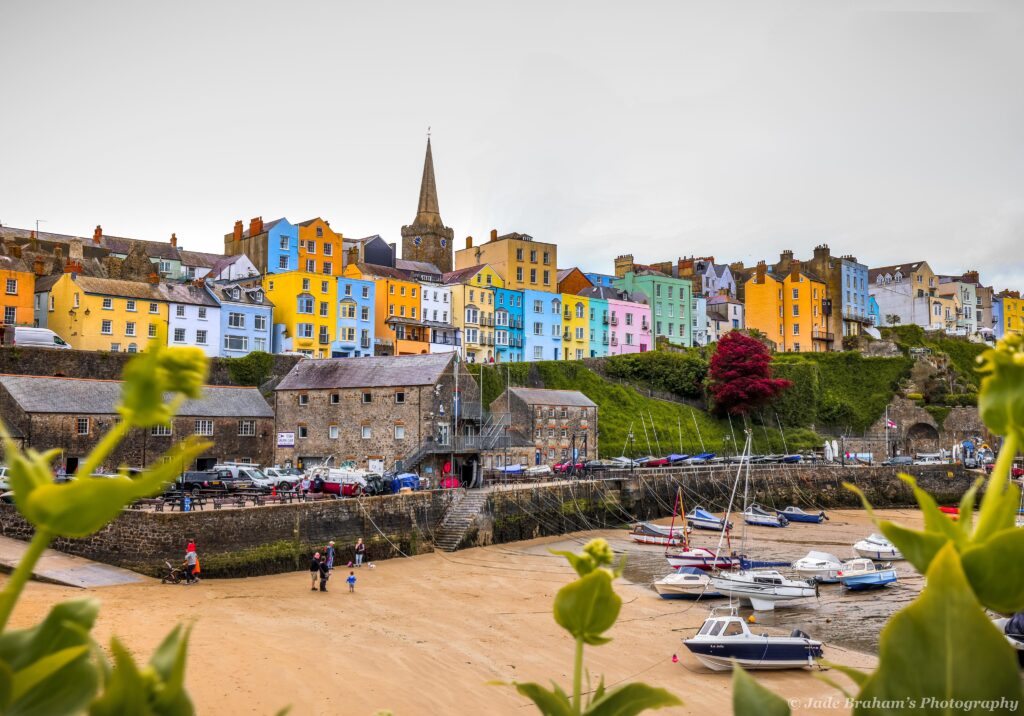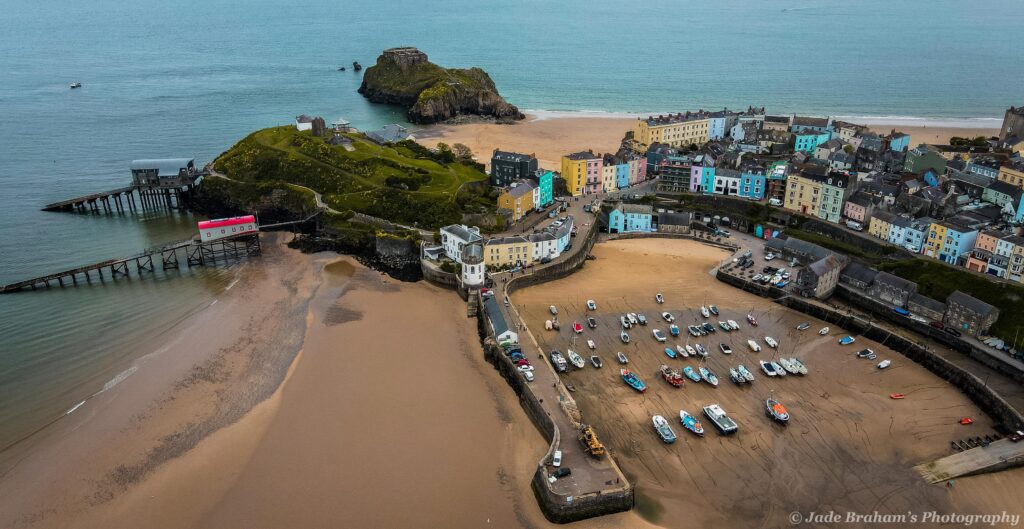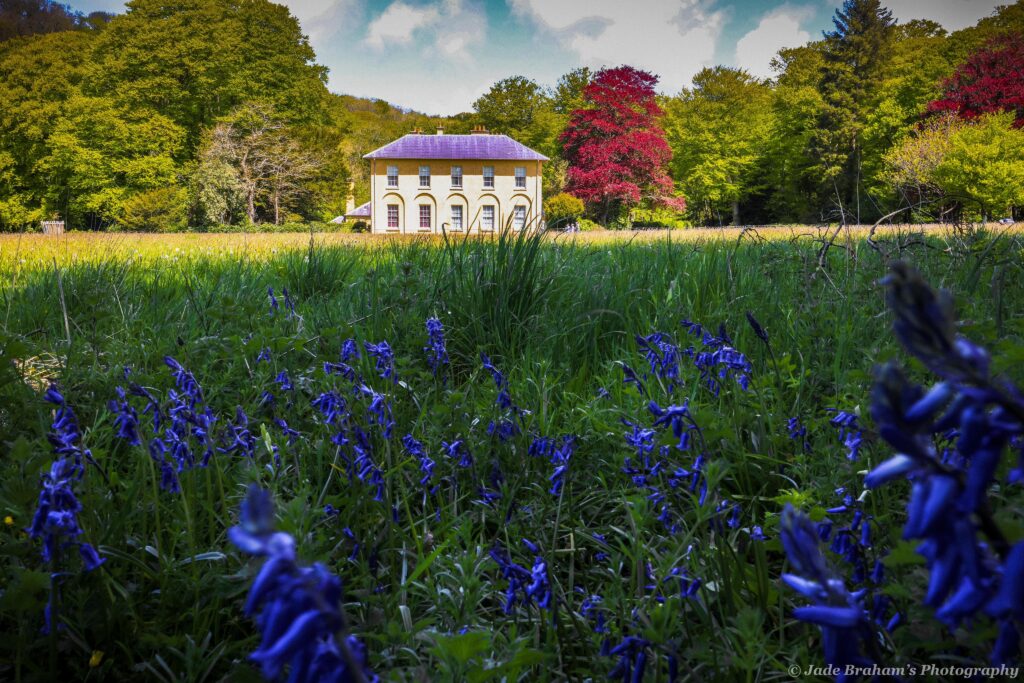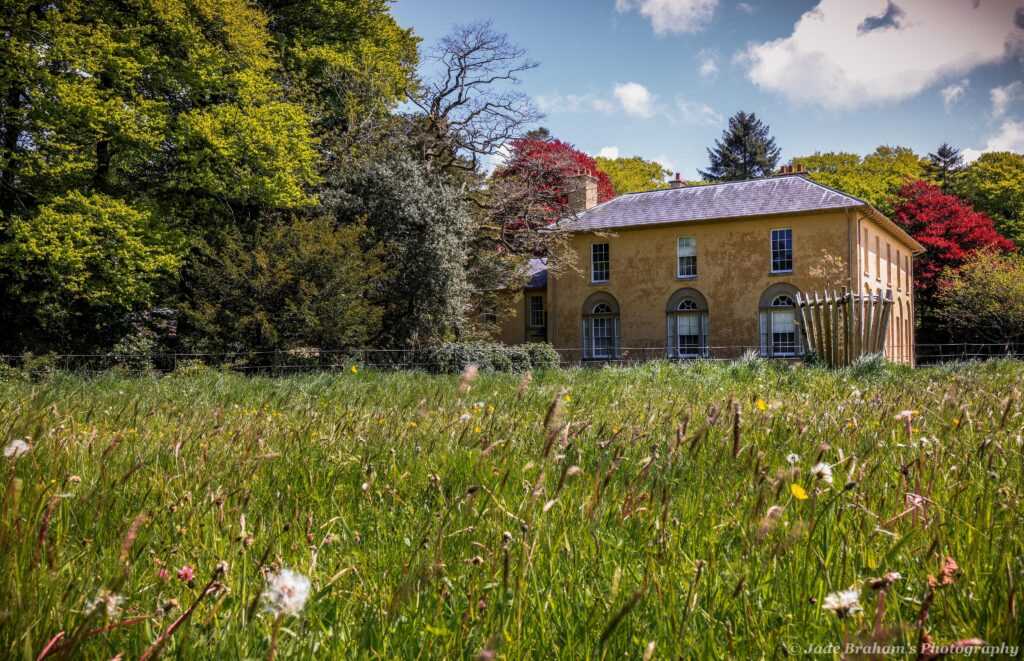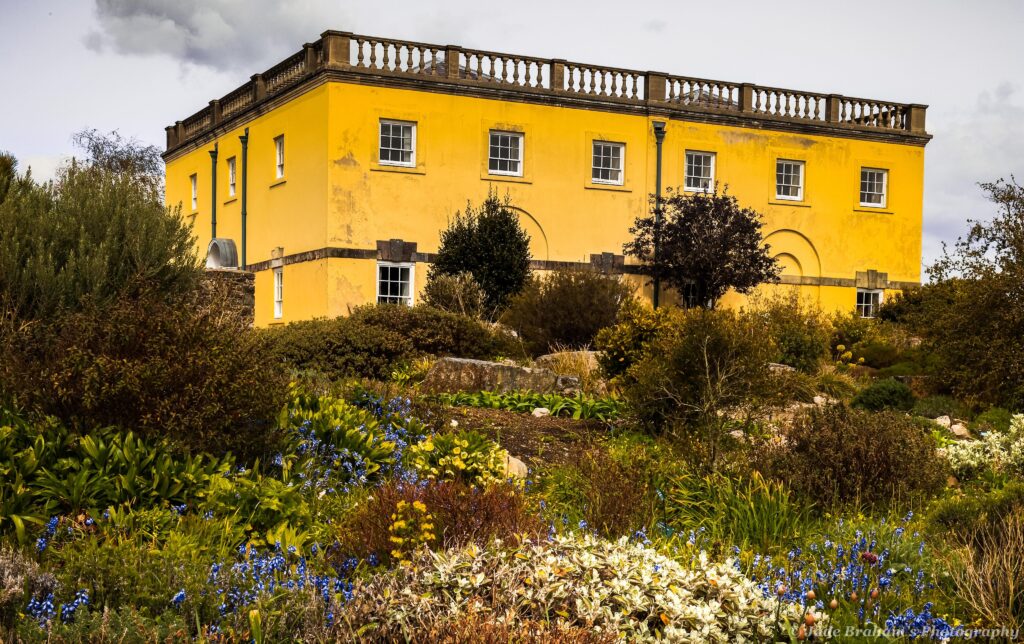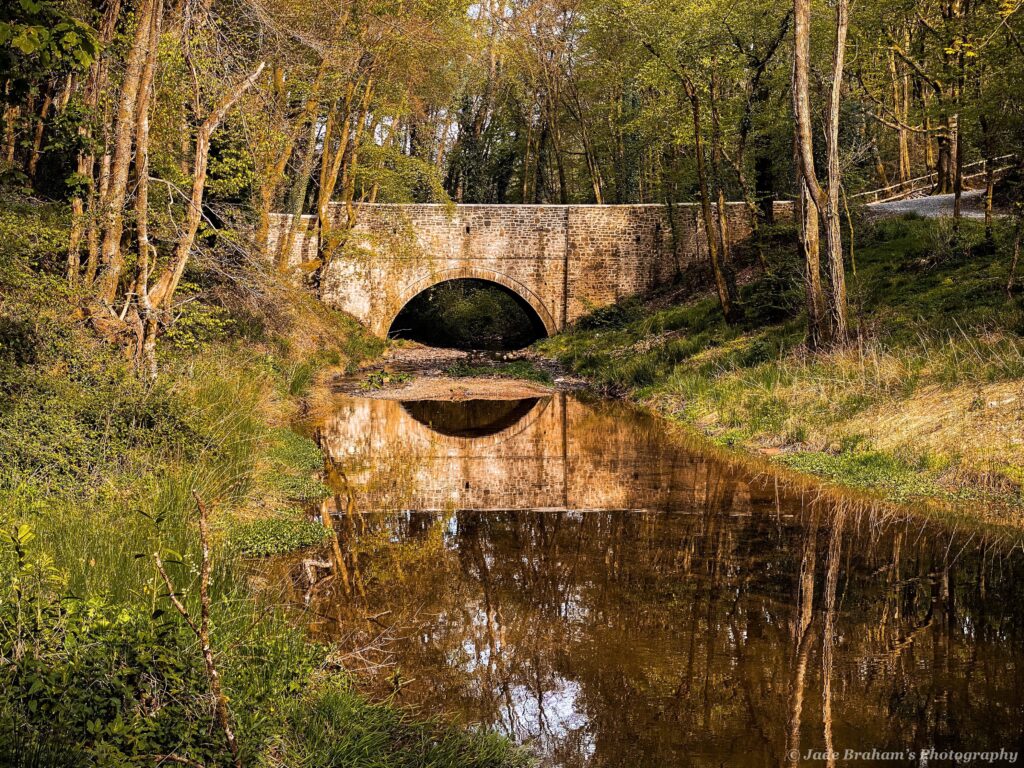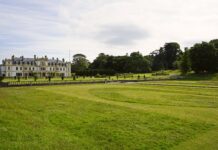The Regency period (1790s-1830s), in the latter part of the Georgian era, was brimming with revolutionary activity, although the Prince of Wales only assumed power between 1811-1820. Refined etiquettes, polite courtships, large ballrooms, and strict social and gender regulations gave birth to a flurry of Classical-inspired literature, art, and architecture, while the British ‘Read-coats’ demonstrated their heroism in the Revolutionary and Napoleonic Wars.
Aspects of the period have been immortalised by the BBC’s adaptation of Pride and Prejudice, starring Jennifer Ehle and Colin Firth. But Netflix’s hit new series, Bridgerton,has sparked a renewed global interest in the era. England certainly holds the crown for elegant Regency buildings and distinctive towns, but South Wales secretly houses some spectacular remnants of the period. So, let’s take a look at seven sites that should be at the top of your travel list!
LAUGHARNE
According to its most famous resident, Dylan Thomas, Laugharne has a philosophy of: “It will all be the same in a hundred years.” Overlooking the Tâf estuary, the small town is known for Brown’s boutique hotel, Dylan’s boathouse, a medieval castle, and numerous other Dylan-related sites and activities.
But the timeless town’s most charming feature is its diverse architectural styles. The Georgian town hall features an Italianate bell tower, and quaint cottages are juxtaposed with magnificent Georgian houses retaining their original splendour. Among these is the private home, Castle House. It’s the best example of Regency architecture here, and neighbours many independent shops.
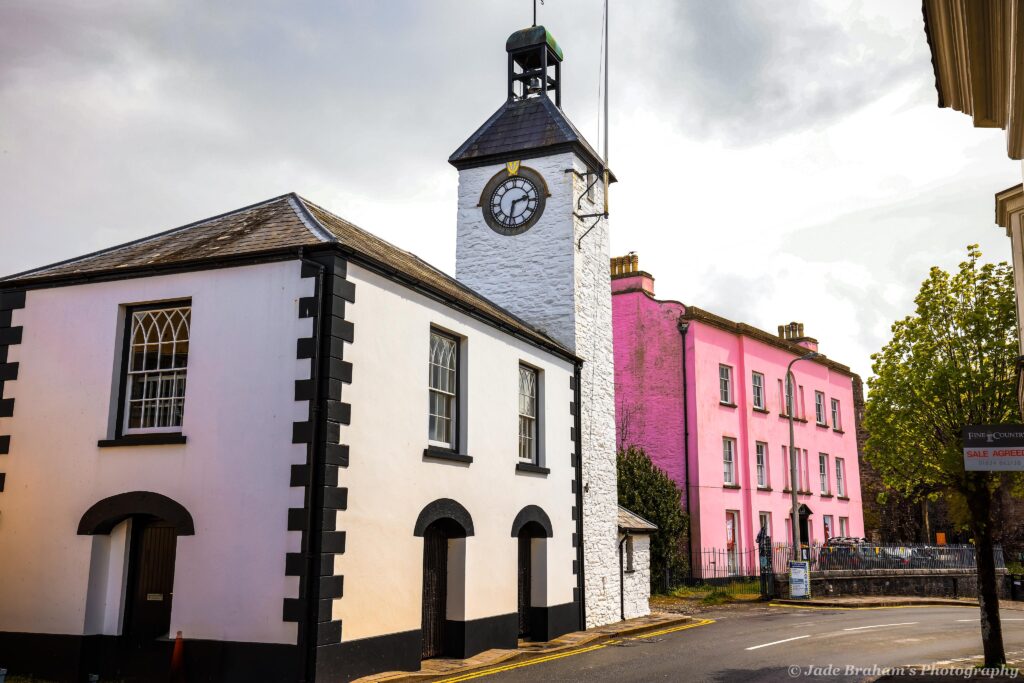
TENBY
Seaside towns, in the Regency era, flourished on the elite’s confidence that the mineral-rich waters, fresh air, and daily exercise would rid their body of any ailments.
Outside of the South of England, Tenby is one of the most extensive of these towns. Its origins pre-date the Norman Conquest: but, in 1806, local politician, Sir William Paxton, turned the small area into a health resort. With its tumbling pastel guesthouses, sweeping harbour bejewelled with white sailing boats, attractive beaches, and a motley collection of shops, it’s easy to envision the travels of 19th-century lords and ladies.
The medieval town walls also shelter the Tudor Merchant’s House, Victorian villas, twee cottages, and a day trip to Caldey Island.
To find out more about Tenby, head to the OUR SOUTH WALES feature HERE.
ABERAERON
Nestled on the Ceredigion coast, Aberaeron is a rare example of a purposely planned and built town. It was developed in 1805 as a working town, with a fishing port and shipbuilding industry.
Today, Aberaeron has a stillness and quietness that ripples through your soul. Even at the peak of the tourist season, you’ll feel compelled to sit next to the harbour and watch the water gently ebb and flow. It’s a reposeful atmosphere, and the swatch-card maze of lively Regency houses that once lodged sea captains are named after the faraway places they travelled to. The elegant houses are an attractive backdrop to try your hand at crabbing, stroll along the pier, or eat locally sourced cuisine at the Harbourmaster or The Cellar.

Hints of Aberaeron’s Regency origins also survive in the street’s names: Drury Lane, Queen Street, and Tabernacle Street. These lanes will take you to independent shops, the craft centre, and dolphin-spotting adventures.
LLANERCHAERON
A little over 2.5 miles from Aberaeron is Llanerchaeron; and, while the phrase ‘a hidden gem’ is often overused, it is the only accurate description to interpret this Georgian villa house. Built at the beginning of the Regency period by John Nash, Llanerchaeron is one of the best examples of a self-sufficient Welsh gentry estate. Its cobblestone courtyard features a salting house, brewery, and laundry rooms, evoking a Downton Abbey ‘upstairs, downstairs’ experience.
Beyond the architectural splendour is the serene countryside. Spend your day strolling around its ornamental lake, extensive walled garden, pleasure grounds, and the hay-bluebell parkland.
ABERGLASNEY GARDENS
Concealed behind a surfeit of trees, bushes, and a sea of bluebells and daffodils is the Aberglasney mansion. In true Regency style, the house is cream in colour, and boasts a classic Grecian design with symmetrical bay windows, an elegant portico, and grandiose cornices. During the summer months, the interior hosts art exhibitions, and the sub-tropical garden – the Ninfarium – is normally open.
The house overlooks 10 acres of gardens, featuring woodlands, walled gardens, arches, parapets, and ponds. There are several rare and unusual plants, like red blossomed camellia and copious candelabra primulas, but the absolute delight is eating at the Tearooms overlooking the Pool Garden.

THE NATIONAL BOTANIC GARDENS OF WALES
The Gardens have recently restored their Regency period landscape, being first established in the late 18th and early 19th centuries for William Paxton. The landscape now lies in what is known as the Waun Las National Nature Reserve. It contains dramatic waterfalls, a weir, a rustic bridge, and many lakes, including the Llyn Mawr (over 65,000m3 in size) and Llyn Felin Gat for you to explore.
Paxton also built Middleton Hall on the grounds. Designed by Samuel Pepys, the Regency home was once described as ‘one of the most splendid mansions in South Wales’; unfortunately, only the servant’s quarters survive.
Writer and Broadcaster Tony Russell wrote a lovely book featuring the National Gardens. HRH Price Charles wrote the foreword for the book and you can watch our interview with Tony here – Great Gardens Of Wales.
PAXTON’S TOWER
Only eight minutes’ drive from the Gardens, Paxton’s Tower is an unmissable feature among the score of hills blanketing the Towy Valley. It stands at 36 feet tall and has a spiral staircase featuring a whopping 119 steps and gives you a sweeping bucolic vista across this ice-age landscape. Built in 1806-1809, Paxton’s Tower is the least Regency in appearance on our list, as its three arches evoke a foreboding Gothic impression. The motivation for building such a monument is unclear, but the entrance proudly displays an engraved marble plaque dedicating the tower to the Regency war hero Admiral Horatio Nelson.
It doesn’t look like the world’s obsession with the Regency era is going away anytime soon. But now, there’s no need for you to head across the border to England. Instead, make a road trip of these Regency sites and discover some truly spectacular parts of South Wales that’ll leave you yearning for more shows like Bridgerton and Pride and Prejudice.
